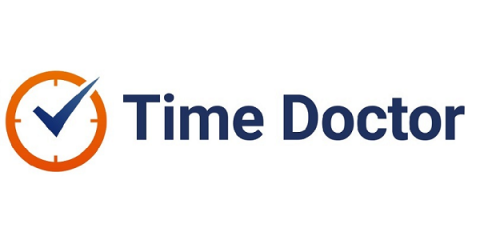Teams | Collaboration | Customer Service | Project Management
Call Centers
How to choose the best call center software in 2024
Erlang C Calculator for Call Center
11 effective ways to unlock call center cost savings
Between employees, equipment, and technology, call centers can quickly become cost centers. If you align with the 54% of CFOs who intend to focus on cost reduction, you can’t afford to run an overly expensive contact center. So, how can you keep costs in check and avoid letting your expenses bloat? Let’s cover 11 tactics for tackling call center cost savings, including ideas for everything from advanced technology to employee retention.
How much does it cost to start a virtual call center business?
Starting a virtual call center requires both upfront costs that you pay once and recurring fees you pay each month. First, let’s detail each of the initial and ongoing costs. Initial setup costs run between $1,850 and $12,750. Increase these estimates if you’re purchasing hardware for more than one agent. Ongoing costs run between $1,200 and $7,600 per month. Increase these estimates for larger teams since the price of many of these software fees is per user.
10 ways to get call center contracts & grow your business
You’ve trained a team of call center representatives, perfected your standard operating procedures (SOPs) and service-level agreements (SLAs), and successfully signed contact center clients. You’re ready to take on new contracts and scale your business plan. So, where should you look for new clients? Whether you’re relatively new to the industry or already well established, you have plenty of options to find more clients.
A complete guide to call center workforce management
To run a contact center that’s both efficient and cost-effective, you need to align people, processes, and resources with the company’s key business objectives. Workforce management (WFM) is crucial for the success of any call center. But building out a WFM function is often easier said than done, especially without the right tools or frameworks.
How to create a call center agent performance scorecard
Providing a superior customer experience is more important than ever for high-performing call centers. Customer-focused companies are 60% more profitable, and happy customers pay up to 10% more for great service. However, creating a better customer experience can be difficult when you lack the right tools. That’s why having a call center agent performance scorecard helps you efficiently measure your team’s work and take essential steps to improve.
How to master your call center forecasting and scheduling
As a call center manager, you’re constantly trying to strike a balance between scheduling enough agents to handle calls and keeping your staffing budget as tight as possible. To hit your call center KPIs (key performance indicators) reliably, getting this balance right is essential. However, you’re wasting time and money if you’re not using a proven forecasting method or still scheduling with spreadsheets (or pencil and paper).
10 common call center problems (plus how to fix them)
Long wait times, unhappy customers, disengaged agents, and high turnover: call center problems can have cascading effects that significantly impact your bottom line. Whether you manage a single call center or oversee several outsourced contact centers, finding the root cause or seeing the bigger picture isn’t always easy. In this article, we’ll cover 10 of the most common contact center issues and share actionable steps to resolve them.





